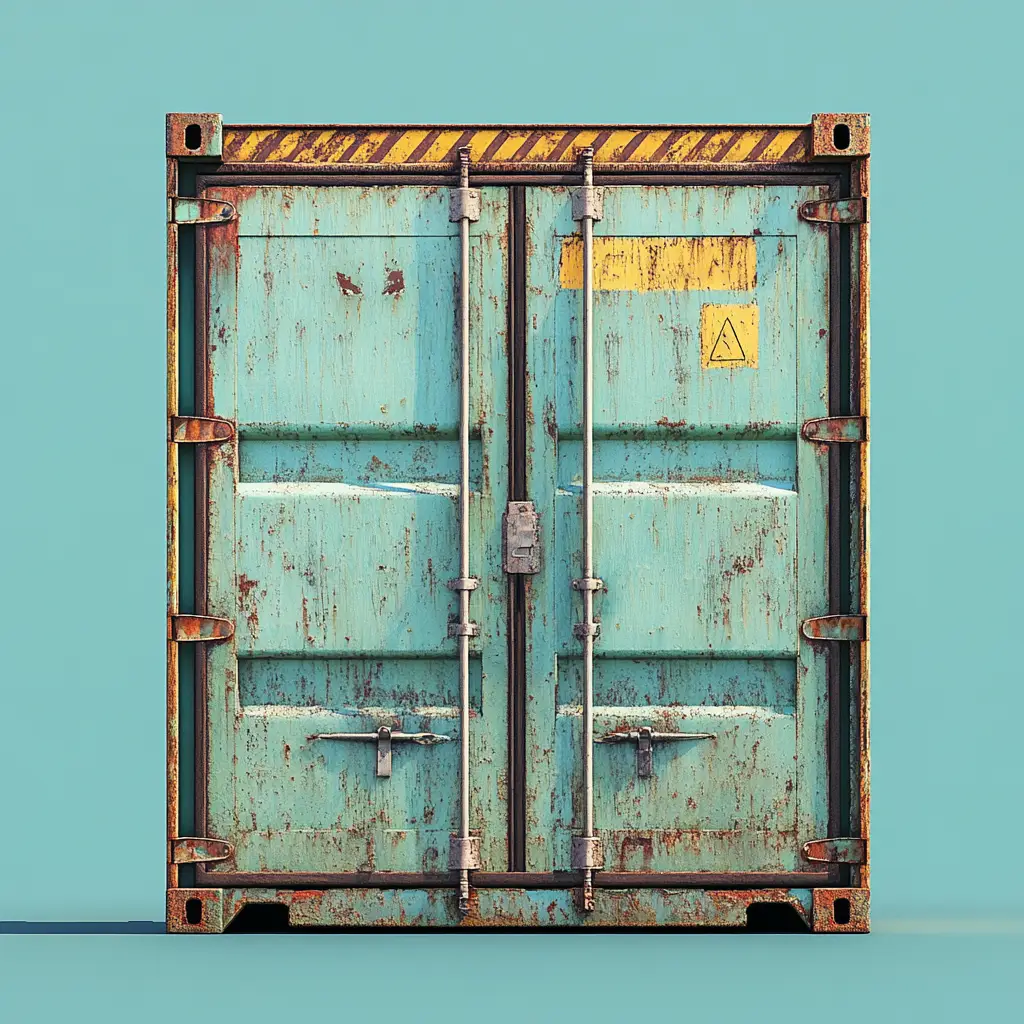Ever wondered why your meticulously crafted products sometimes arrive at their destination looking like they’ve been through a tumble dryer?
Let’s delve into the art of preventing damage to goods stored in shipping containers.
In the grand tapestry of global trade, shipping containers are the unsung heroes, ferrying everything from teddy bears to Tesla cars across vast oceans. Yet, despite their robust exteriors, the journey can be perilous for the treasures within. Mishandling, improper packing, and environmental factors often conspire to turn a smooth voyage into a logistical nightmare. So, how can we ensure that what’s packed in Basingstoke arrives intact in Brisbane?
Understanding the Culprits
Before we can thwart the villains, we must first identify them:
1. Physical Damage
- Causes: Rough handling, stacking mishaps, and turbulent seas.
- Consequences: Dented, broken, or completely unusable goods.
2. Water Damage
- Causes: Seawater ingress, high humidity, and condensation (often charmingly referred to as “container rain”).
- Consequences: Mold, corrosion, and soggy products.
3. Contamination
- Causes: Residual substances from previous cargoes, pests, and foreign particles.
- Consequences: Tainted goods, health hazards, and regulatory breaches.
4. Temperature Fluctuations
- Causes: Transiting through varying climates without adequate temperature control.
- Consequences: Spoilage of perishables, compromised pharmaceuticals, and warped materials.
Strategies to Prevent Damage
Armed with knowledge, let’s explore strategies to keep your goods safe and sound:
1. Choose the Right Container
- Standard Dry Containers: Suitable for general cargo.
- Reefer Containers: Ideal for perishables requiring temperature control.
- Insulated Containers: For goods sensitive to temperature variations.
Inspect the container before loading to ensure it’s clean, dry, and free from structural damage.
2. Implement Proper Packing Techniques
- Packing Plan: Maximise space utilisation to prevent cargo from shifting. Less free space means less risk of movement.
- Weight Distribution: Ensure even weight distribution to maintain balance.
- Dunnage: Use materials like wood or inflatable airbags to fill voids and provide cushioning.
- Load Securing: Employ straps, braces, and lashing to immobilise cargo.
Remember, a well-packed container is like a well-made cup of tea—balanced and satisfying.
3. Monitor Environmental Conditions
- Humidity Control: Use desiccants and dehumidifiers to combat moisture.
- Temperature Monitoring: Equip containers with sensors to track and regulate temperature.
- Ventilation: Ensure adequate airflow to prevent condensation.
Modern tracking systems offer real-time data on conditions like humidity and temperature, helping prevent damage.
4. Regular Inspections and Maintenance
- Pre-Loading Inspection: Check for cleanliness, structural integrity, and pest infestations.
- In-Transit Monitoring: Periodically assess the condition of the cargo during long journeys.
- Post-Delivery Inspection: Evaluate goods upon arrival to identify and address any issues promptly.
A stitch in time saves nine; regular inspections can prevent minor issues from becoming major headaches.
Case Study: The Perils of Improper Loading
Incident: A shipper loaded heavy machinery into a 20-foot container without proper weight distribution or securing mechanisms. Upon arrival, significant damage to the container floor was discovered, and the machinery had shifted, causing additional harm.
Lessons Learned:
- Proper Cargo Securing: Vital to prevent movement and collateral damage during transit.
- Weight Distribution: Ensuring even weight distribution prevents undue stress on the container structure.
- Prompt Notification: Immediate reporting and joint surveys are crucial for establishing facts and liability.
This case underscores the importance of adhering to proper loading protocols to safeguard both the cargo and the container.
“An ounce of prevention is worth a pound of cure.” — Benjamin Franklin
Conclusion
In the intricate dance of global logistics, preventing damage to goods in shipping containers requires a harmonious blend of proper container selection, meticulous packing, environmental control, and regular inspections. By implementing these strategies, businesses can ensure their products waltz through the supply chain unscathed, delighting customers upon arrival.
Ready to safeguard your shipments and ensure your goods arrive in pristine condition? Contact us today to learn more about our comprehensive shipping solutions tailored to your needs.









